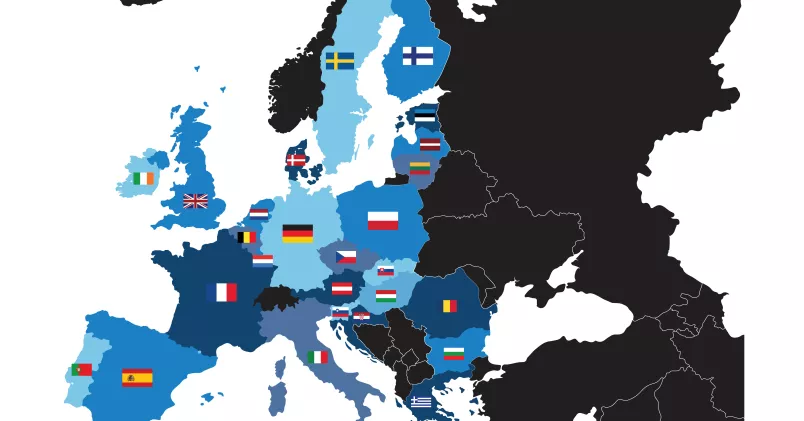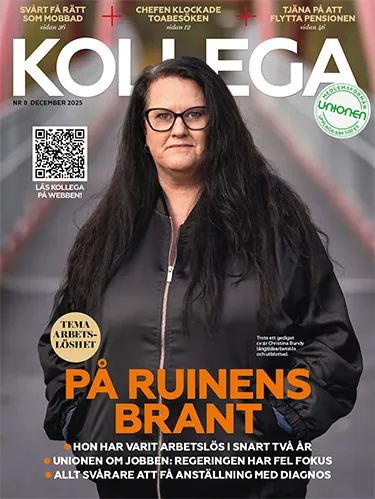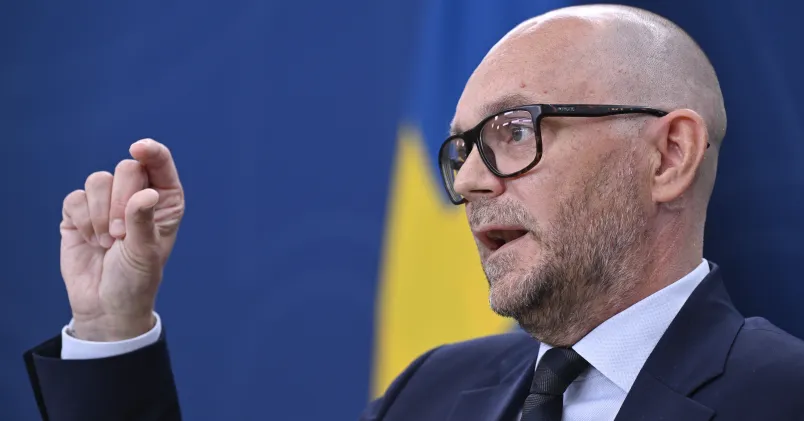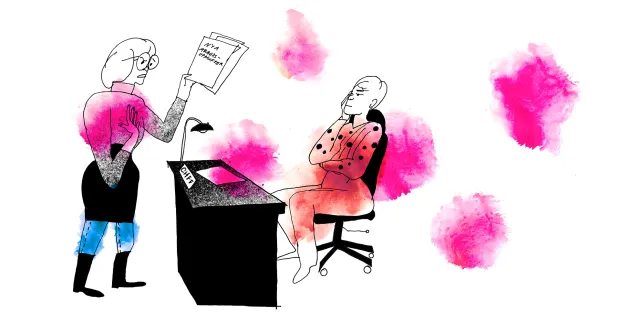
För tre år sedan lovade Stefan Löfven att Sverige skulle ha lägst arbetslöshet i EU till år 2020. Sverige ligger i dag på 12:e plats och har således en del kvar innan statsministerns mål är nått.
Däremot är Sverige bäst i klassen när det kommer till sysselsättningsgraden, det vill säga hur stor del av befolkningen som jobbar. Under 2015 var 80,5 procent av Sveriges befolkning mellan 20 och 64 sysselsatta. Det skriver Europaportalen och hänvisar till siffror från europeiska statistikbyrån Eurostat.
Det är den högsta sysselsättningsgraden som Eurostat uppmätt hittills sedan de började sina mätningar 1993. Även silverplatsen innehas av Sverige där 80,4 procent av befolkningen hade jobb 2008.
Under perioden 1996 till 2015, då Sverige ingått i Eurostats mätningar, har Sveriges haft högst sysselsättningsgrad i EU under 11 av 20 år.
Genomsnittet i EU låg på drygt 70 procent förra året, vilket är den näst högsta siffran under 2000-talet. Grekland hamnade på bottenplaceringen med 54,9 procent av befolkningen i arbete.
EU har som mål att den genomsnittliga sysselsättningsgraden ska var 75 procent år 2020 och varje medlemsnation har ett eget mål. Redan i dag har Sverige, Tyskland, Estland och Litauen nått upp till sina respektive mål.
Sysselsatt eller arbetslös?
Sysselsättningsgraden visar hur stor andel av befolkningen inom en viss åldersgrupp som är sysselsatt (personer i arbetsmarknadsåtgärder, sjukskrivningar etc. inräknade). En person räknas som sysselsatt ifall denne senaste veckan har arbetat minst en timme, varit tillfälligt frånvarande eller haft utbildningsvikariat, beredskapsarbete eller liknande.
Arbetslös är en person som inte har arbetat, som har sökt arbete under de senaste fyra veckorna och kan ta ett jobb inom två veckor, alternativt att man avvaktar att påbörja ett arbete som börjar inom tre månader.
Eurostats data över både arbetslöshet och sysselsättningsgrad baseras på ILO:s rekommendationer.










